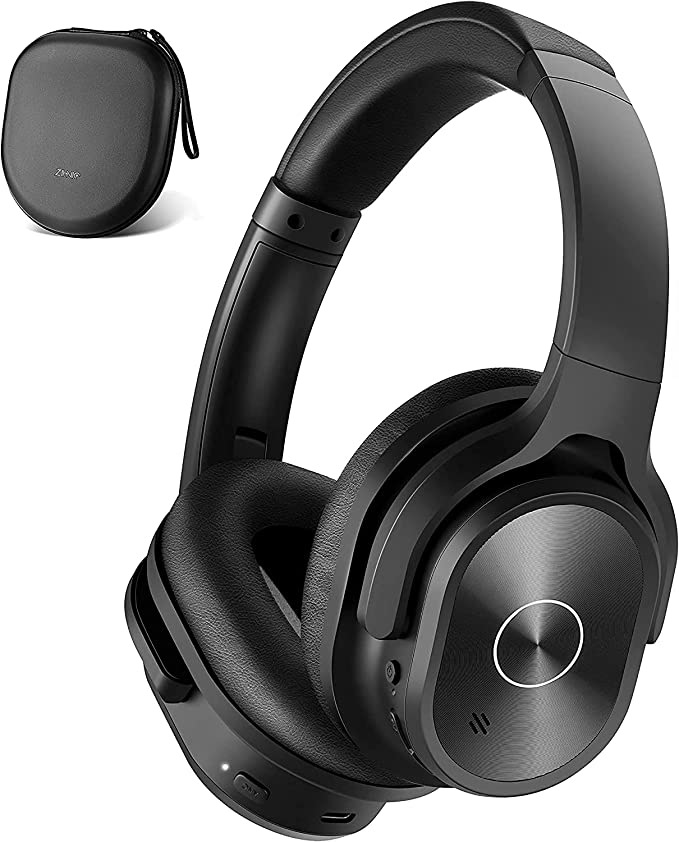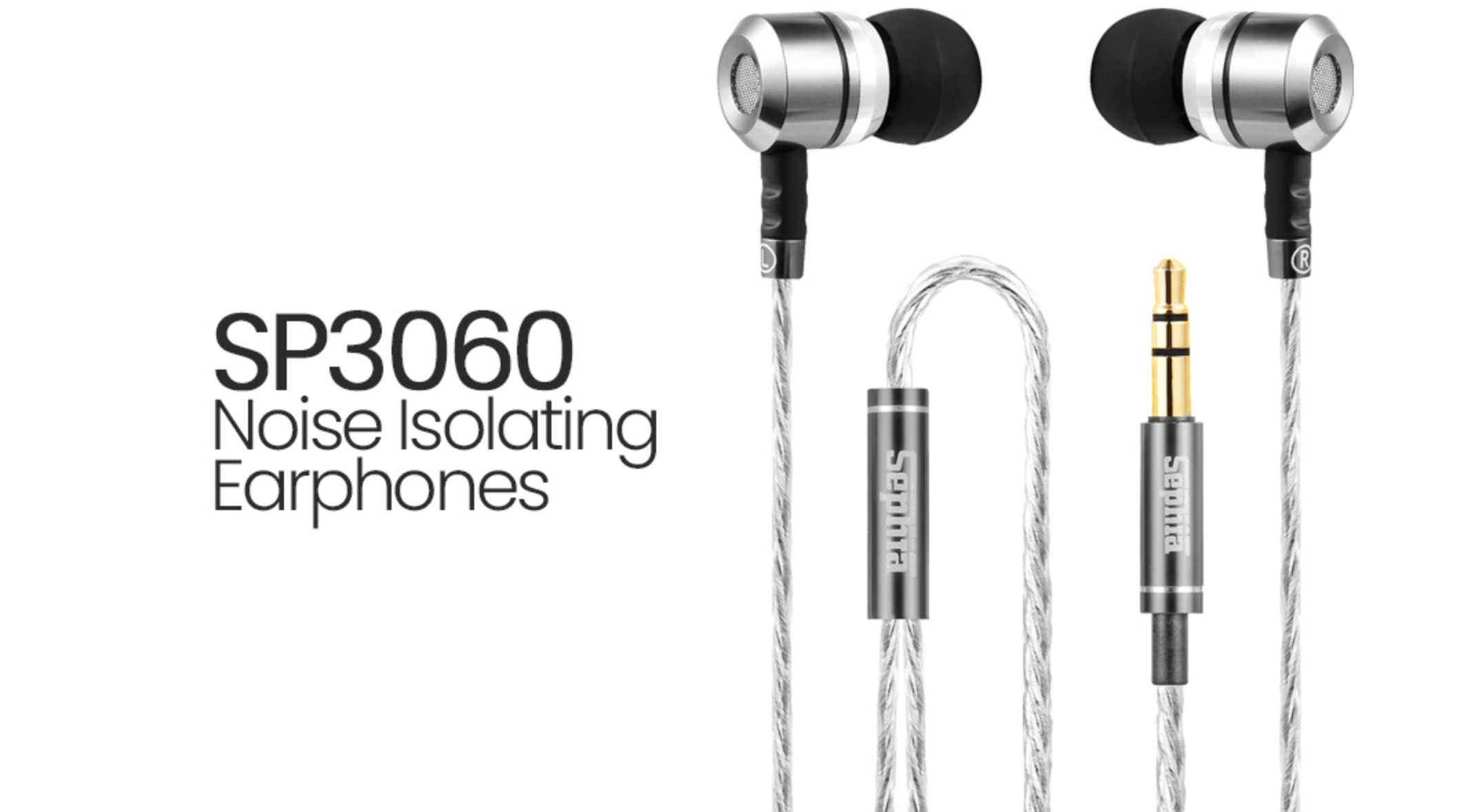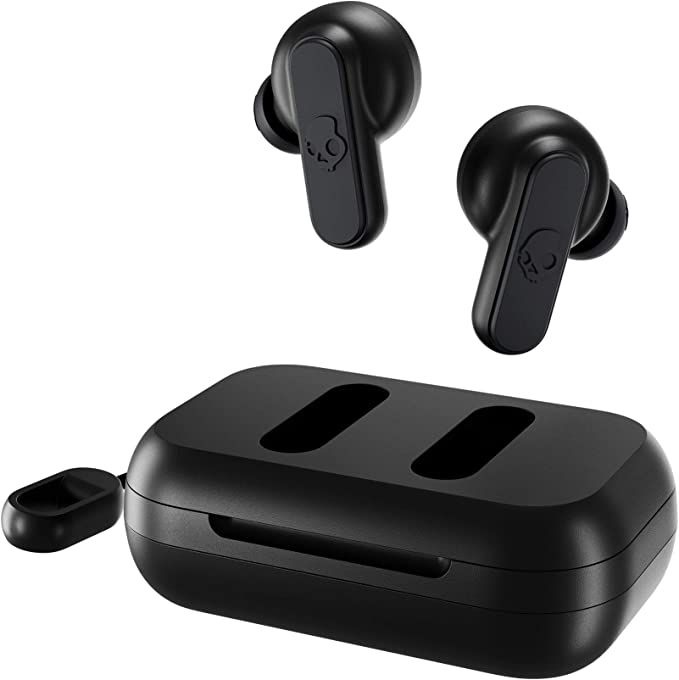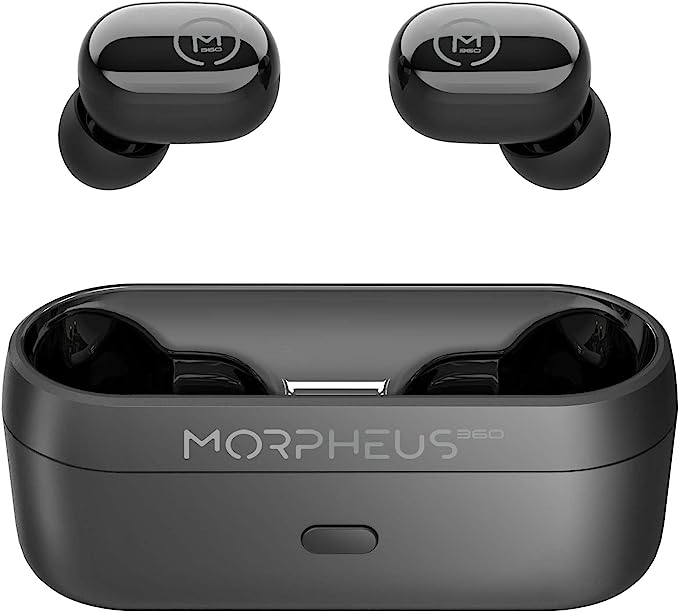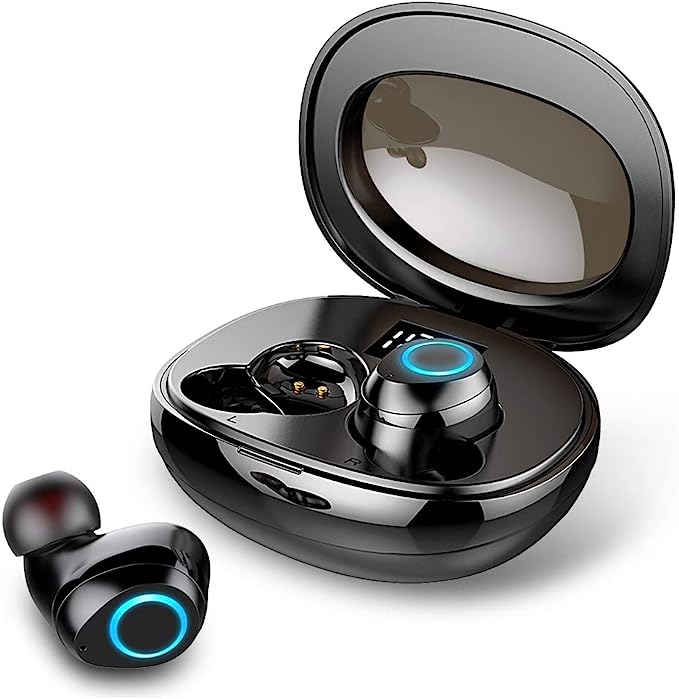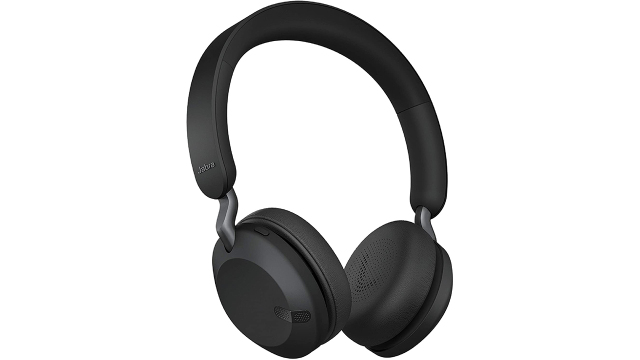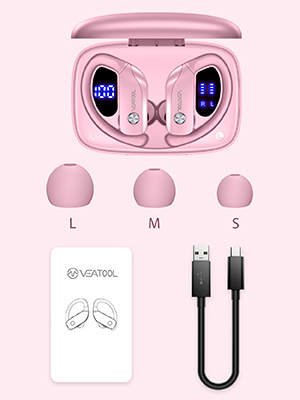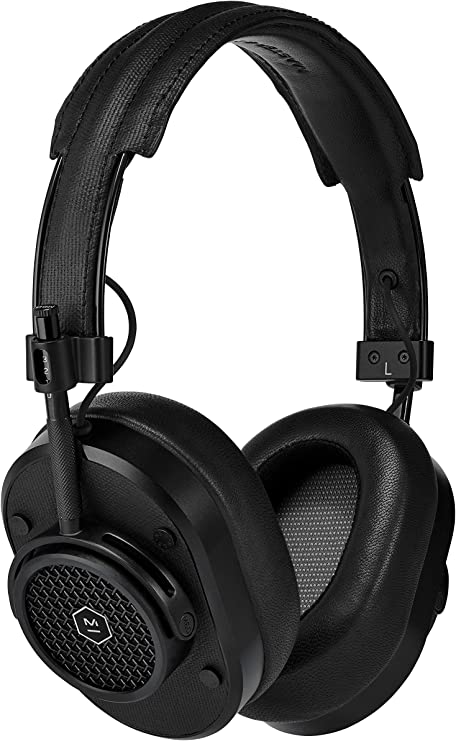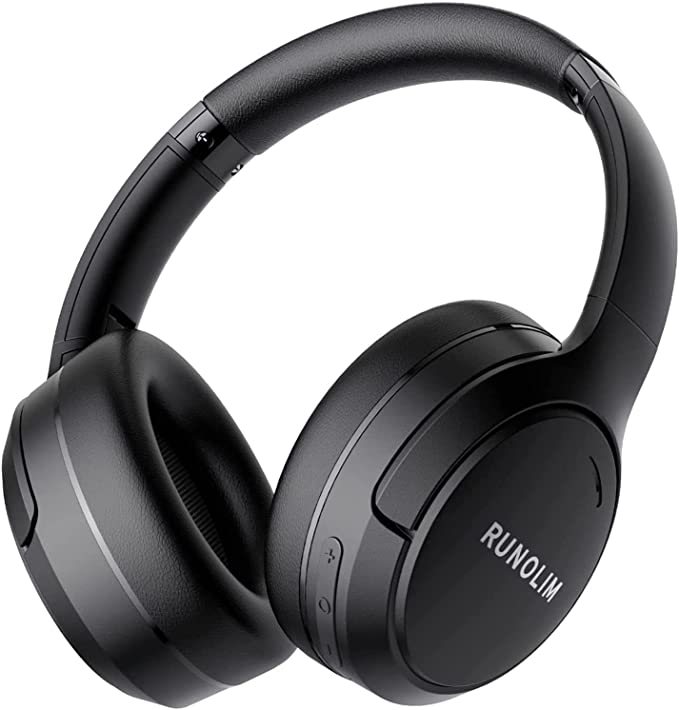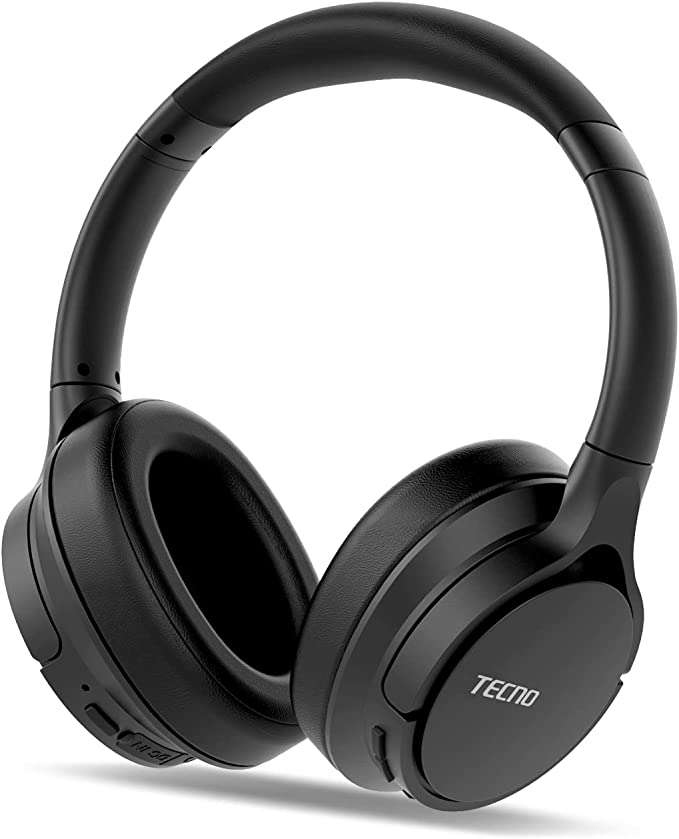pollini TP 19 Wireless Headphones: The Science of All-Day Audio Comfort and Immersive Sound
Update on May 19, 2025, 5:49 p.m.
In our bustling world, headphones have become more than mere accessories; they are our personal portals. We slip them on for the morning commute, transforming a crowded train into a private concert hall. They cradle our ears during focused work, weaving a cocoon of concentration with ambient soundscapes or instrumental tracks. They connect us to loved ones through calls, and unwind us with podcasts and audiobooks as the day fades. The pollini TP 19 Wireless Headphones, like many contemporary audio companions, promise a blend of immersive sound, enduring comfort, and liberating wireless connectivity. But have you ever paused to consider the intricate science and thoughtful engineering tucked away inside these everyday marvels? Let’s embark on a journey to peel back the layers, to discover the fascinating interplay of physics, material science, and electronics that makes your listening experience seamless, comfortable, and remarkably long-lasting. This isn’t just about a product; it’s about understanding the ingenuity that enhances our daily engagement with the world of sound.

The Orchestra Within: Understanding the Power of the 40mm Neodymium Drivers
When the product description of the pollini TP 19 mentions “Immersive Crystal Sound” and “Deep Bass Stereo Headset,” powered by a “40mm neodymium driver,” it’s hinting at the very heart of your audio experience. But what does this orchestra of components truly mean for your ears?
Think of the driver in your headphones as its voice box, the crucial element that translates electrical signals from your device into the sound waves that dance into your ears. The “40mm” designation refers to the diameter of the diaphragm within this driver. In the world of acoustics, size can indeed matter. A larger diaphragm, like this 40mm one, has a greater surface area to move air. This increased air displacement is particularly effective for reproducing lower frequencies, which our brains perceive as rich, deep bass. It’s akin to how a larger drum in an orchestra can produce a more resonant and profound boom than a smaller one. This capability is fundamental to feeling the thrum of a bass guitar or the rumble of an explosion in a movie, contributing significantly to that sense of immersion.
The “neodymium” part of the equation is where material science lends a powerful hand. Neodymium is a rare-earth element that, when alloyed with iron and boron, creates some of the strongest permanent magnets known to science. Discovered in the late 20th century, neodymium magnets revolutionized many fields, from electric motors to, indeed, audio equipment. In a headphone driver, a stronger magnetic field allows the voice coil (the part that moves the diaphragm) to be controlled with greater precision and efficiency. This means the diaphragm can respond more quickly and accurately to the incoming electrical signal. The result? Sound reproduction that is more faithful to the original recording – what audio aficionados call “High Fidelity.” This precision helps in delivering not just powerful bass but also the “crystal sound” in mid and high frequencies, ensuring that vocals are clear and cymbals shimmer with detail. It’s this meticulous engineering that aims to transform a simple audio signal into an emotionally engaging experience, much like Michael L., a user of these headphones, described when he praised their “deep bass and crystal-clear sound quality.”
Imagine you’re listening to your favorite symphony. With well-engineered drivers like these, it’s not just about hearing the notes; it’s about discerning the distinct timbre of the cello, the delicate trill of the flute, and the resonant power of the timpani, all woven together into a coherent and moving whole. That’s the ambition of the orchestra within your headphones.

The All-Day Companion: The Science Behind 40 Hours of Uninterrupted Playtime
One of the most liberating features of modern wireless headphones, and a standout specification for the pollini TP 19, is the promise of “40 hours of continuous music playing time” from its “800mAh rechargeable battery.” In an era where we rely on so many portable devices, battery anxiety is a real concern. So, how does this impressive endurance come about?
Let’s first decode “800mAh.” The “mAh” stands for milliampere-hour, a unit that measures electric charge. Think of it as the capacity of the headphone’s “fuel tank.” An 800mAh battery holds a substantial amount of energy for a device of this size. The science behind this capacity lies in electrochemistry, typically involving Lithium-ion or Lithium-polymer cells, which are favored for their high energy density (meaning they can store a lot of energy in a relatively small and light package) and good rechargeability.
However, achieving a remarkable 40 hours of playtime, a figure Michael L. specifically highlighted in his positive experience, isn’t solely about how large the fuel tank is; it’s equally about how efficiently the engine runs. Modern Bluetooth chipsets, such as the Bluetooth 5.0 touted by the pollini TP 19, are designed with Low Energy (LE) protocols that significantly reduce power consumption during periods of inactivity and data transmission. Furthermore, efficient neodymium drivers themselves require less power to produce a given volume of sound compared to older, less potent magnet technologies. It’s this synergy between a generous battery capacity and intelligent power management in the headphone’s internal circuitry that allows you to potentially go through an entire week of commutes, gym sessions, and evening relaxation on just a single 2.5-hour charge.
And for those rare moments when you might be caught off-guard with a depleted battery, or perhaps when you want to connect to a device without Bluetooth (like an older MP3 player or an in-flight entertainment system), the inclusion of a 3.5mm audio cable offers a beautifully simple, science-based failsafe. This “wired mode” bypasses the battery and Bluetooth electronics entirely, directly feeding the audio signal to the drivers. It’s a nod to analog reliability, ensuring your personal soundscape doesn’t have to abruptly end. This dual capability truly makes the headphones a versatile companion for almost any listening scenario.

The Gentle Embrace: Crafting Comfort with Material Science and Ergonomics
While sound quality and battery life are crucial, the physical comfort of headphones is paramount, especially if you intend to wear them for extended periods. The pollini TP 19 description highlights “memory-protein ear cushions” that “ensure lasting wearing comfort as they simulate human skin texture,” and an “ergonomic design of super soft memory-protein foam leather earmuffs.” This language points to a deliberate application of material science and ergonomic principles.
The star of this comfort show is undoubtedly “memory foam.” This is typically a type of viscoelastic polyurethane foam. The term “viscoelastic” means it exhibits both viscous (fluid-like, slow to deform) and elastic (solid-like, returns to original shape) characteristics. When you press on memory foam, it yields slowly; when you release the pressure, it gradually recovers its original form. This unique property allows the earcups to conform precisely to the unique contours of your head and around your ears. Imagine a perfectly molded cushion, created just for you. This customized fit distributes pressure more evenly, significantly reducing the likelihood of developing sore spots or “hot spots” that can plague wearers of less thoughtfully designed headphones. Michael L.’s comment about finding them providing “ultimate comfort even after hours of use” is a testament to this material’s effectiveness.
The “protein” in “memory-protein” often alludes to the synthetic leather (typically Polyurethane or PU leather) that encases the foam. This material is selected for its combination of softness, which “simulates human skin texture” for a pleasant tactile sensation, and durability, to withstand daily wear and tear. Good quality PU leather can also offer a degree of breathability.
This material science is complemented by ergonomic design. The “soft padded headband” further helps in distributing weight and pressure across the top of your head. An “adjustable quality stainless steel slider” allows you to fine-tune the fit to your specific head size, ensuring the earcups are positioned correctly over your ears. The over-ear design itself, when well-executed with conforming earpads, also contributes to passive noise isolation. While not active noise cancellation, the physical barrier created by the earcups and their seal against your head naturally helps to reduce the intrusion of some ambient sounds, allowing you to immerse yourself more fully in your audio without necessarily having to crank up the volume. The product page mentions a weight of “about 7 oz” (approximately 198 grams), which, if accurate for the main body resting on the head, contributes significantly to long-term comfort – a lighter headset generally means less strain.
Consider a scenario: you’re deep into a crucial project at work, or perhaps settling in for a long evening with an audiobook. The last thing you want is to be distracted by uncomfortable headphones. The careful selection of materials and ergonomic considerations in headphones like the pollini TP 19 aims to make the physical presence of the device almost unnoticeable, allowing you to fully lose yourself in the audio experience.

The Invisible Tether: Bluetooth 5.0 and the Liberty of Wireless Audio
The shift from wired to wireless headphones has been a quiet revolution, granting us a newfound freedom of movement. The pollini TP 19 embraces this with “Bluetooth 5.0,” promising a connection that is both stable and swift, allowing you to “answer call hands-free without any hassle from wire cable.”
But what is this “Bluetooth” that tethers our devices so invisibly? At its core, Bluetooth is a wireless technology standard for exchanging data over short distances using UHF radio waves in the ISM band (from 2.402 GHz to 2.480 GHz). Think of it as a very sophisticated, invisible handshake between your headphones and your smartphone, PC, or tablet. It chops up the audio data into tiny packets, transmits them wirelessly, and your headphones reassemble them into the music or voice you hear.
The “5.0” designation is significant. Each new iteration of the Bluetooth standard brings improvements. Bluetooth 5.0, when compared to its predecessors like Bluetooth 4.x, offers potential benefits such as increased range (though for headphones, which are usually close to the source, this is less critical), doubled data transfer speeds, and improved broadcasting capacity. For your listening experience, this often translates to a more stable connection with fewer dropouts, quicker pairing, and the ability to handle higher-quality audio streams with greater efficiency, which also ties back to power conservation. Some product information also mentions “Bluetooth 5.1” as a special feature, which builds upon 5.0 with enhancements like more precise direction-finding capabilities – a subtle but welcome evolution in the standard.
This wireless connection is also the enabler for “hands-free” functionality and “Smart Voice Command.” The headphones incorporate a built-in microphone (which the product description notes “only functions in the wireless mode”). When you receive a call, or wish to activate Siri or your Google Assistant, your voice is picked up by this microphone. The audio is then transmitted via Bluetooth (using specific profiles like HFP - Hands-Free Profile) to your connected device, which processes the command or call. This allows you to manage calls, select music, or get directions without ever needing to physically interact with your phone, a boon for multitasking whether you’re cooking, working out, or simply have your hands full. It’s this seamless integration of wireless audio transmission and voice capture that truly untangles you from your devices.

The Everyday Marvel of Your Personal Audio Experience
The pollini TP 19 Wireless Headphones, when we look beyond the surface, reveal themselves as a microcosm of thoughtful engineering. They are a symphony where the science of acoustics (in the 40mm neodymium drivers), material science (in the memory-protein earmuffs), advanced battery technology (powering 40 hours of use), and sophisticated wireless communication (via Bluetooth 5.0) all converge to create a singular user experience.

Understanding these underlying principles—the power of neodymium magnets to shape sound, the viscoelastic properties of memory foam to cradle your ears, the electrochemical dance within the battery cells, and the radio frequency ballet of Bluetooth—doesn’t just demystify the technology. It enriches our appreciation for it. It transforms an everyday object from a mere commodity into a testament to human ingenuity, a device painstakingly designed to deliver comfort, convenience, and a little bit of auditory magic into our lives.
As technology continues its relentless march, the quest for the perfect harmony of audio performance, ergonomic comfort, and steadfast convenience in our personal audio devices will undoubtedly continue. But by pausing to appreciate the science embedded within the companions we choose today, we become more informed consumers and, perhaps, a little more awestruck by the quiet marvels that shape our daily soundscapes.

